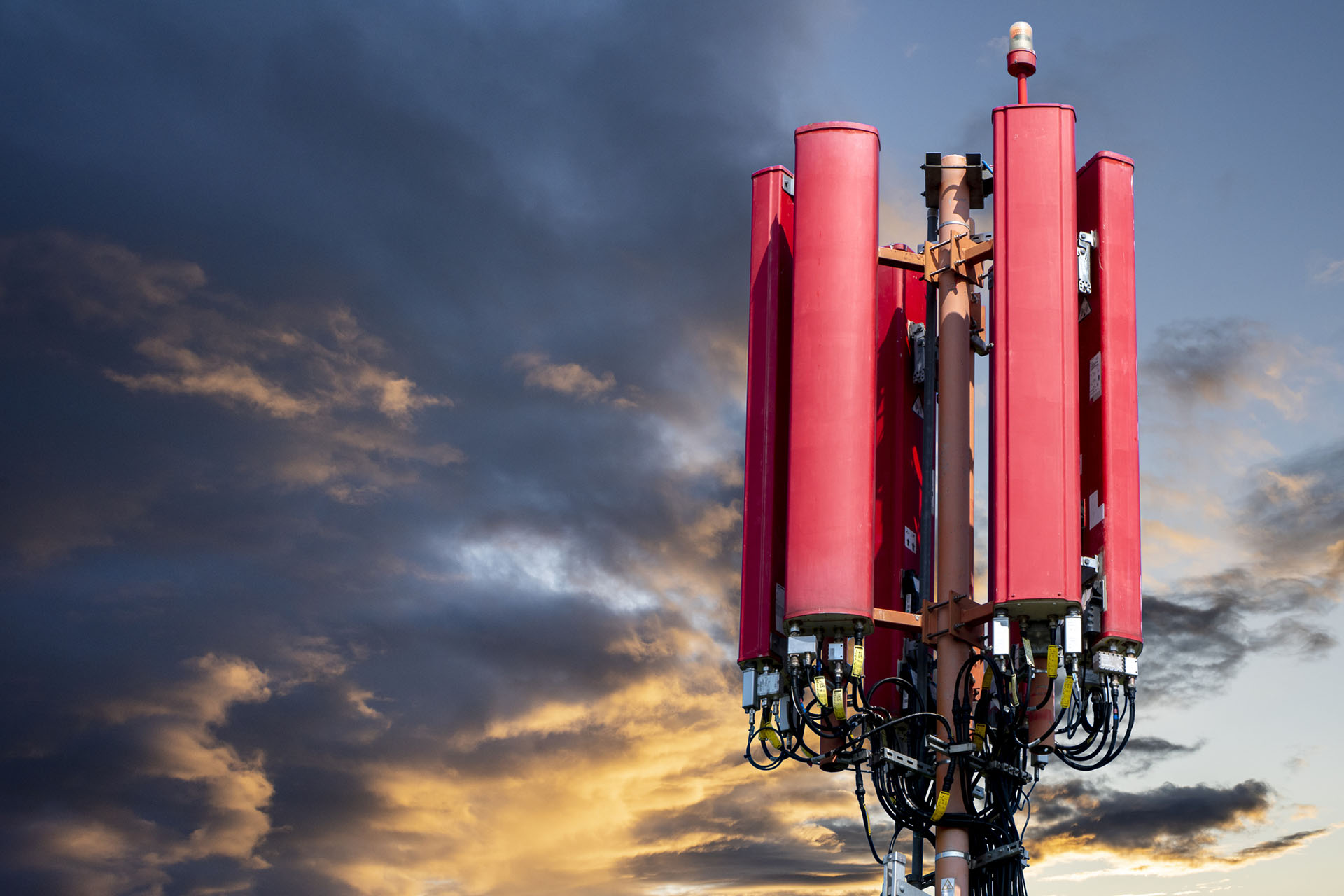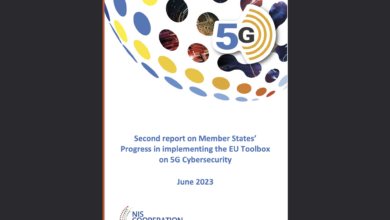-
5G Security News

European Parliament adopted the report on the security and defence implications of China’s influence on critical infrastructure in the European Union
Yesterday, the European Parliament adopted the resolution of 17 January 2024 on the security and defence implications of China’s influence…
Read More » -
Open RAN News

DISH Wireless Receives $50M Grant for Open RAN Center for Integration & Deployment
DISH Wireless received $50 million grant from the National Telecommunications and Information Administration (NTIA) of the U.S. Department of Commerce.…
Read More » -
5G & AI

Marin’s Statement on AI Risk
The rapid development of AI brings both extraordinary potential and unprecedented risks. AI systems are increasingly demonstrating emergent behaviors, and…
Read More » -
5G & Massive IoT Business

Is 5G security being sacrificed at the altar of profit, politics and process?
Homo sapiens is an incredibly adaptable species, arguably the most adaptable ever. But it is also a forgetful one, quick…
Read More » -
5G Security News

European Commission publishes second report on Member States’ progress in implementing the EU Toolbox on 5G Cybersecurity
The European Commission and the EU Agency for Cybersecurity (ENISA), published a second progress report on the implementation of the…
Read More » -
Open RAN News

NTIA Publishes Open RAN Security Report
National Telecommunications and Information Administration (NTIA) of the United States Department of Commerce published “Open RAN Security Report” outlining cybersecurity…
Read More » -
5G Security

Can we afford to keep ignoring Open RAN security?
I’m skeptical of ‘futurists’. Work closely enough with the development of technology solutions and you’ll know that the only certain…
Read More » -
Open RAN News

CISA and NSA Publish Open Radio Access Network Security Considerations
CISA and the National Security Agency (NSA) have published Open Radio Access Network Security Considerations. This product—generated by the Enduring…
Read More » -
5G Security News

RAND publishes “Securing 5G – A Way Forward in the U.S. and China Security Competition”
RAND Corporation just published a new research report: “Securing 5G – A Way Forward in the U.S. and China Security…
Read More » -
5G Security News

NIST publishes draft of 5G Cybersecurity Practice Guide
National Cybersecurity Center of Excellence (NCCoE) of the U.S. National Institute of Standards and Technology (NIST) just published the second…
Read More » -
Society 5.0

Introducing Society 5.0
Self-help authors and politicians seem to agree on at least one thing: mindset matters. The shelves of bookstores worldwide are…
Read More » -
5G Security News

US DoD offering up to $3 million to help make 5G more compatible
The United States Department of Defense (DoD), in collaboration with the National Telecommunications and Information Administration’s (NTIA) Institute for Telecommunication…
Read More » -
5G Security News

OIC-CERT promotes its 5G security framework as GISEC
OIC-CERT is the the Computer Emergency Response Team of The Organisation of Islamic Cooperation. I’ve been following their excellent efforts…
Read More » -
5G Security News

CSIS publishes study “The Two Technospheres”
The Center for Strategic and International Studies (CSIS), a Washington, D.C.-based think tank, published an interesting study on the cybersecurity…
Read More » -
5G Security News

ENISA Publishes 5G Cybersecurity Standards
European Union Agency for Cybersecurity (ENISA) published 5G Cybersecurity Standards report focused on 5G cybersecurity standardisation from a technical and…
Read More »